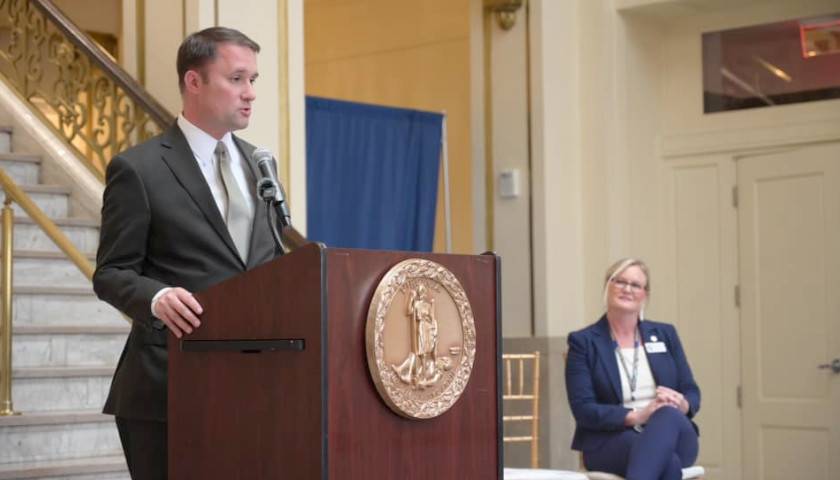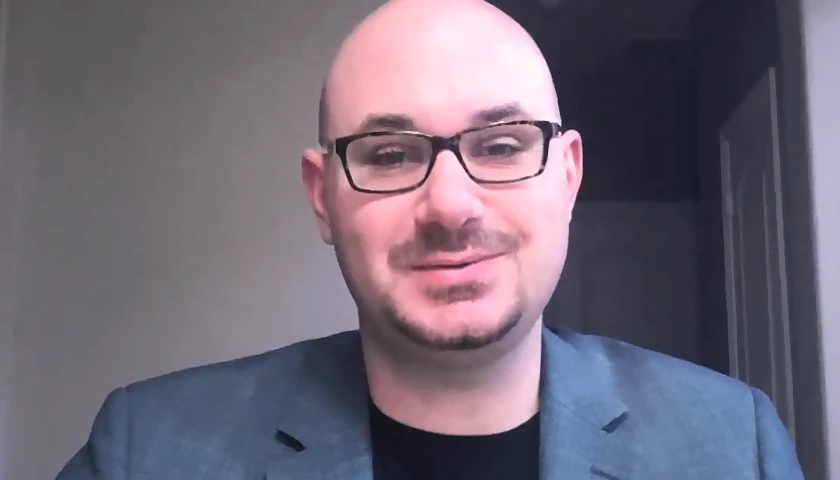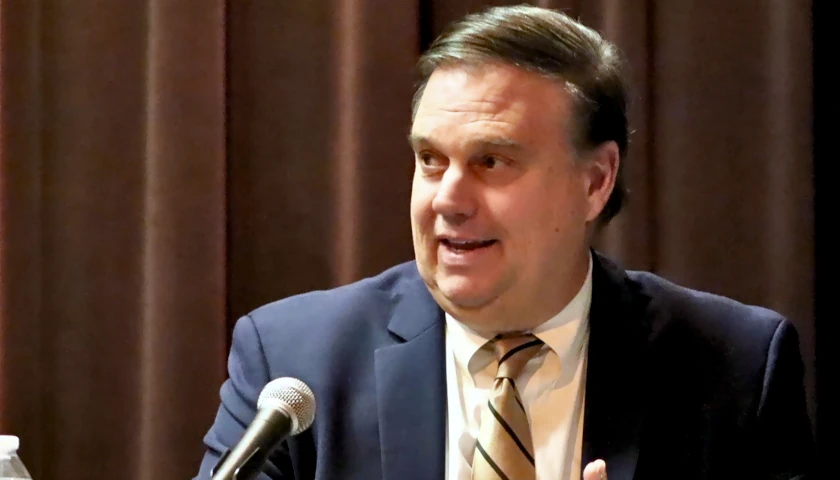by Sarah Roderick-Fitch
Virginia Attorney General Jason Miyares held a press conference in Lynchburg to provide an update on Operation Ceasefire, which was initiated late last year in an effort to reduce gun violence and violent crime through a “multifaced approach.”
Joining Miyares at the press conference were several prosecutors and law enforcement officers to discuss their ongoing plan for tackling rising crime.
“The one thing that we were constantly hearing in almost every community was a concern about crime, and that crime was rising,” Miyares said Tuesday.
Miyares cited a troubling trend among youth in Virginia.
“One of the constant concerns that have been brought up to me was the explosion and the increase in youth violence,” said Miyares.
The attorney general offered some thoughts behind the rise in youth violence, exacerbated by the pandemic, which limited positive alternatives to combating youth violence. Communities are seeing the residual effects of the shutdowns.
“So many times when you talk to those that are dealing with those, those you get caught up in gang activity, it really is an overwhelming deep desire to belong and to connect,” Miyares said. “Some of the best avenues to make sure the young people aren’t caught in the siren call of gang activity or after school sports, after school activities. And obviously, your churches and those were closed for over a year. And so now we’re trying to play catch up in some ways.”
The crime problem extends beyond the youth. Law enforcement and prosecutors have found that the same repeat offenders primarily commit violent crimes; researchers estimate that 2% to 5% of violent criminals commit approximately 50% of the crime.
Pinpointing the reoccurring problem has allowed Miyares (pictured above), fellow prosecutors, and law enforcement to devise a plan to combat the disturbing trend. The attorney general has also been able to enlist the aid of the U.S. attorney’s office to prosecute some of the gun violence.
“This is both about prevention and prosecution. I don’t want to emphasize, we are simply not going to be able to arrest our way out of this,” Miyares emphasized.
To combat violent crime, the partnership is focusing on three components. The first component targets 2% to 5% of repeat offenders. The second is ensuring law enforcement partners have access to the correct data to hold people accountable. Lastly, prevention. It sets the youth up for success and eliminates opportunities for them to “fall to the siren call of an illegal activity.”
U.S. Attorney Christopher Kavanaugh echoed Miyares’ message of the importance of building partnerships at each level, including local, state and federal – focusing on the mission of tackling violent crime.
“And we are all dedicated to solving it. And we do that by working together across jurisdictions across agencies, regardless of whether federal, state or local,” Kavanaugh told reporters. “This absolutely starts with leadership from the top of each of our respective agencies and a willingness to work with one another without care or concern for where the boundary line is or who gets the credit only to make our community safer.”
Kavanaugh predicts a nearly 60% increase in federal prosecutions for violent crime in the Western District of Virginia and a 183% increase in federal prosecutions for gun crimes in the district.
Kavanaugh stressed the motive is not in quantity, but quality of targets.
“I want to make one last thing clear is my directive to my team is not to go out in and arrest as many people as possible,” he said. “We are seeking for the most high-quality value targets, the ones that are having the greatest impact on our communities.”
The General Assembly allocated over $5 million for Operation Ceasefire in last year’s budget, and Miyares hopes the additional resources will help his office “better able to tackle this issue.”
– – –
Sarah Roderick-Fitch is The Center Square’s Mid-Atlantic Regional Editor. She has previously worked as an editor, and has been a contributing writer for several publications. In addition to writing and editing, Sarah spent nearly a decade working for non-profit, public policy organizations in the Washington, DC area.
Photo “Jason Miyares” by Jason Miyares.




